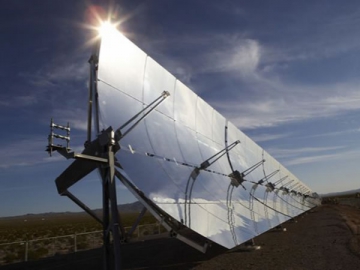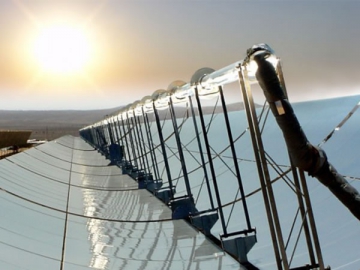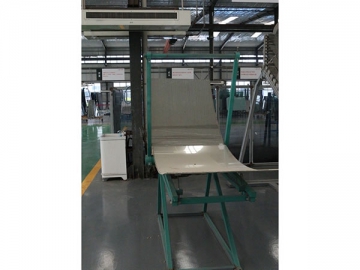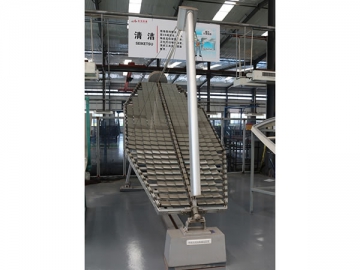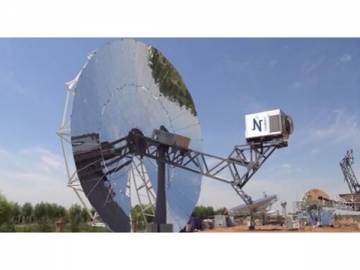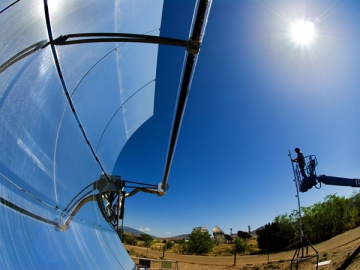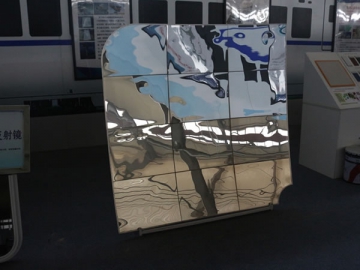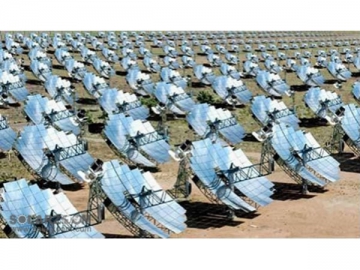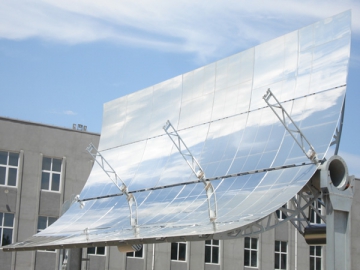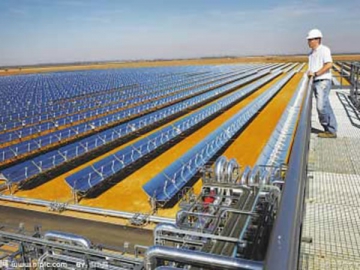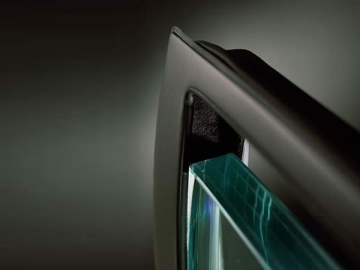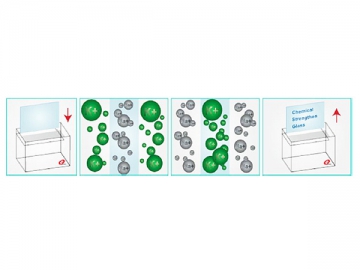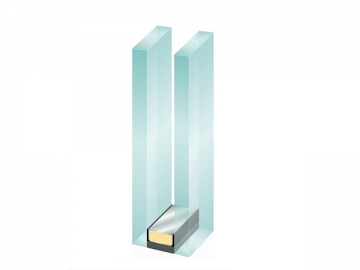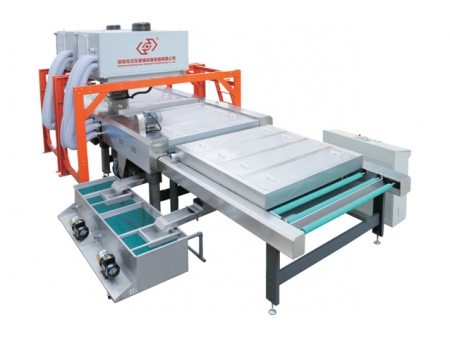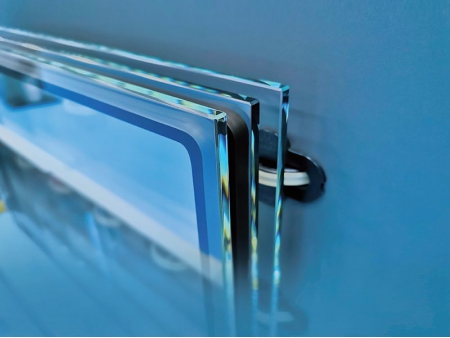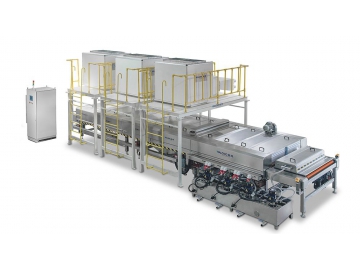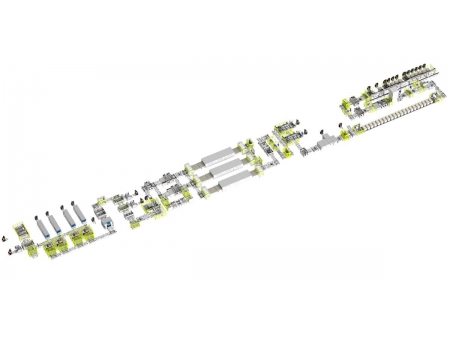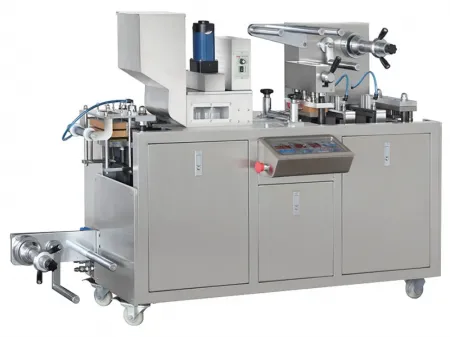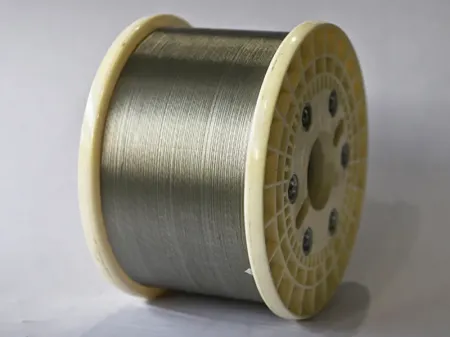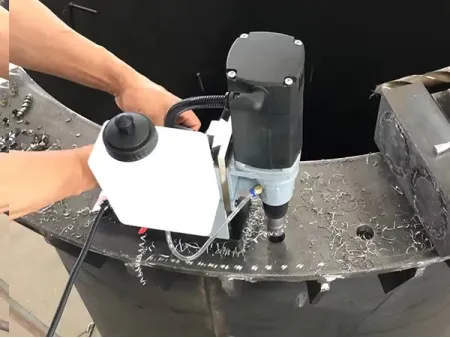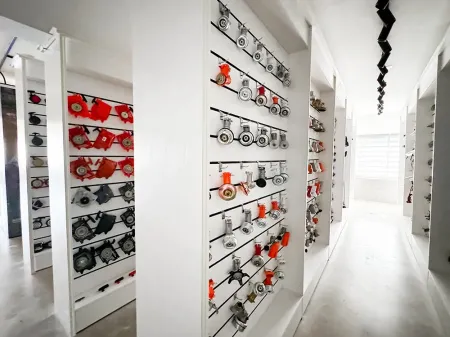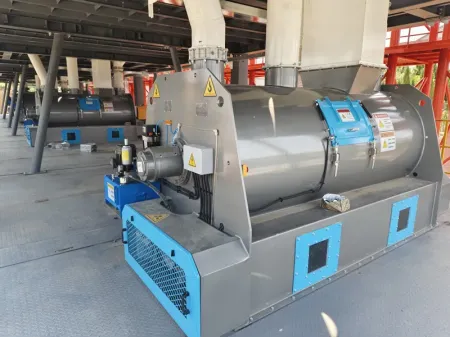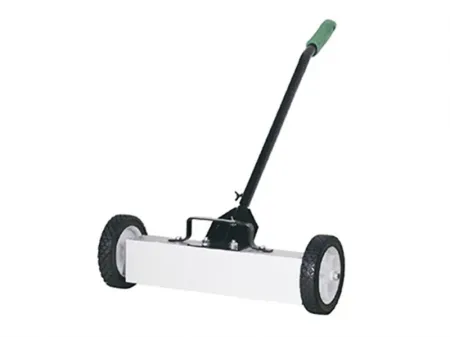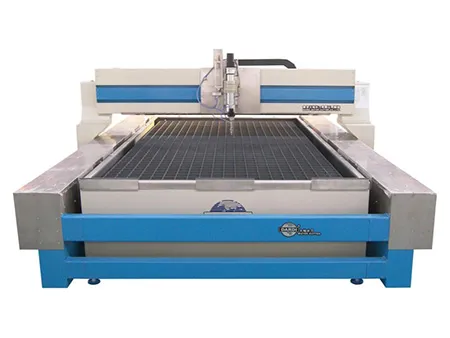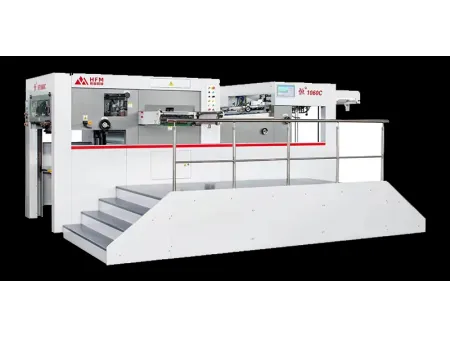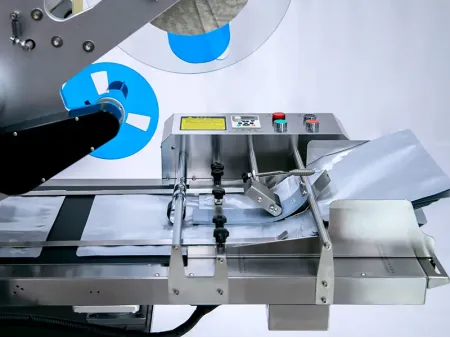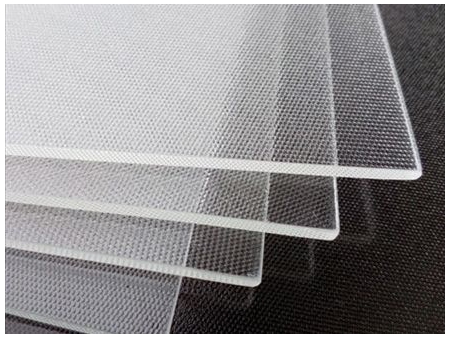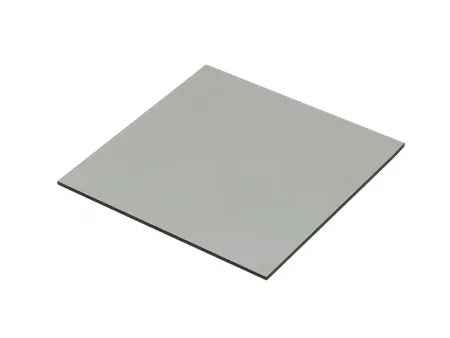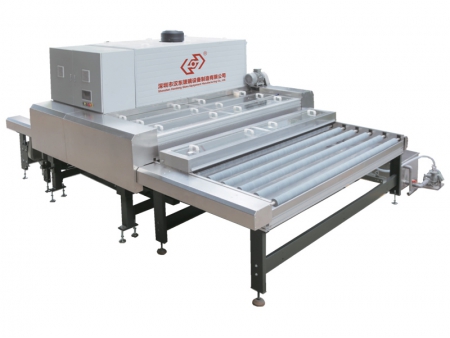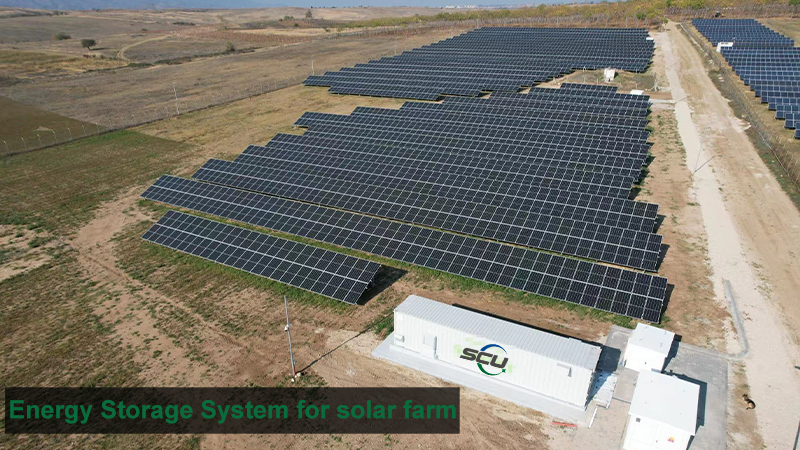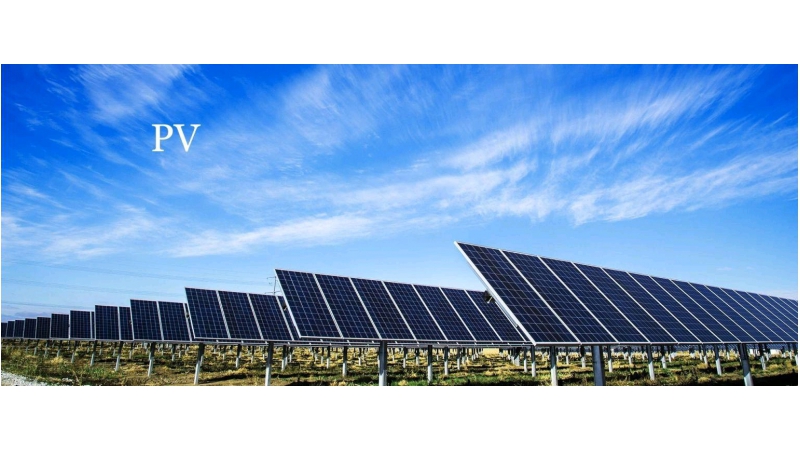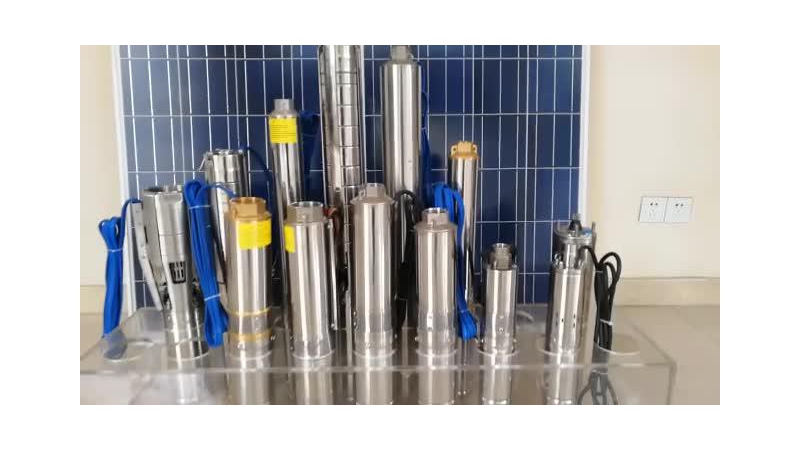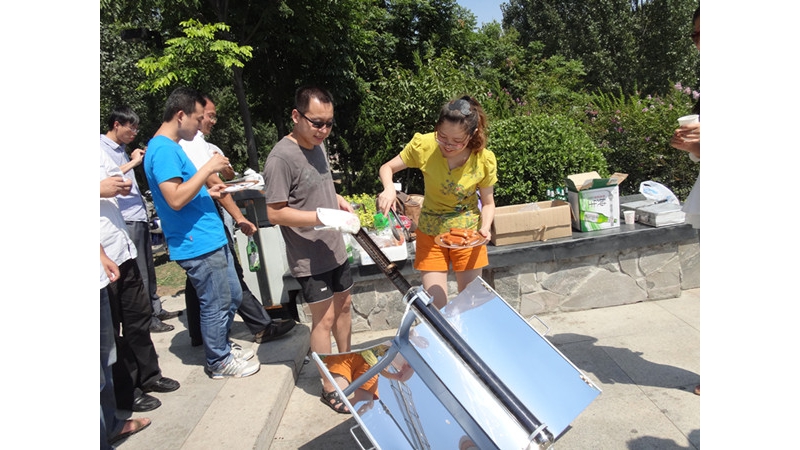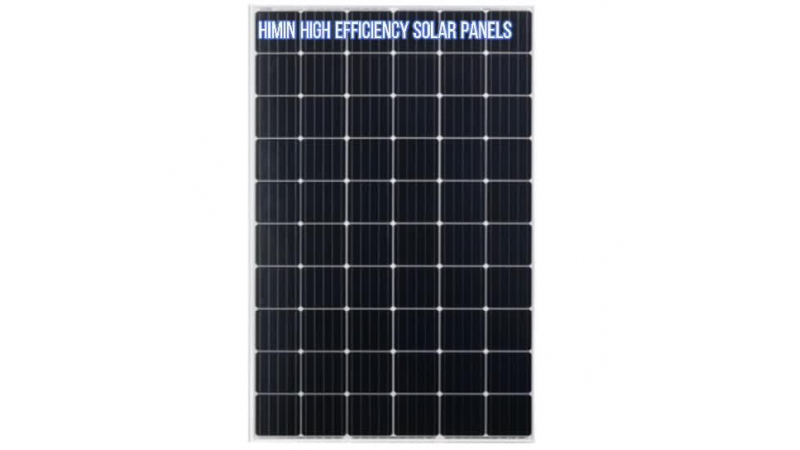CSP Solar Energy Glass
Solar Energy Glass / Solar Power Glass / CSP Solar Glass
When it comes to photovoltaic power generation, solar panels utilize photovoltaic effects and turn solar energy into electricity. However, unlike traditional solar panels that work on cloudy days, a concentrated solar power (CSP) system works only on sunny days. By using a radiation collection device, a CSP system concentrates the solar energy and converts it into heat. The high temperature steam produced will then drive a heat engine connected to a generator, and finally, create electricity.
Jinlong Equipment can supply the following solar glass product:
1.
A dish engine system involves the use of a mirrored dish to focus and concentrate sunlight onto a receiver. This receiver is mounted on the focal point of the dish in order to capture the maximum amount of solar energy, and is connected to a combustion engine, which has thin tubes attached containing hydrogen or helium gas. The gas runs along the outside of the engine’s 4 piston cylinders and opens into the cylinders. As concentrated sunlight lands on the receiver, it heats the gas in the tubes to high temperatures, which then causes the gas inside to expand. The expanding gas then drives the pistons, which turn the crankshaft, which in turn drives the electric generator. The receiver, engine and generator are a single, integrated assembly mounted at the focus of the mirrored dish.
2.
Currently, the trough system is the most widely used and most sophisticated CSP system. It consists of two parts: the mirrored reflectors that have oil filled pipes running along their center, and a steam turbine driven generator. The reflector is made from focusing mirrors and covered in a protective layer. The mirrored reflectors are tilted towards the sun and focus the sunlight on the pipes to heat the oil to extremely high temperatures. The hot oil is then used to boil water, which generates steam and runs the steam turbines and generators.
3.
Fresnel reflectors use long and thin segments of mirrors to focus the sunlight onto a fixer absorber located at the common focal point of the reflector. The thermal modules on the absorber then transform the thermal energy into electricity.
Applications
1. Dish energy system
2. Trough system
3. Fresnel reflectors
Advantages
1. High reflective rate
2. Advanced technology and long service life
3. Modular design, competitive price, and easy to install

